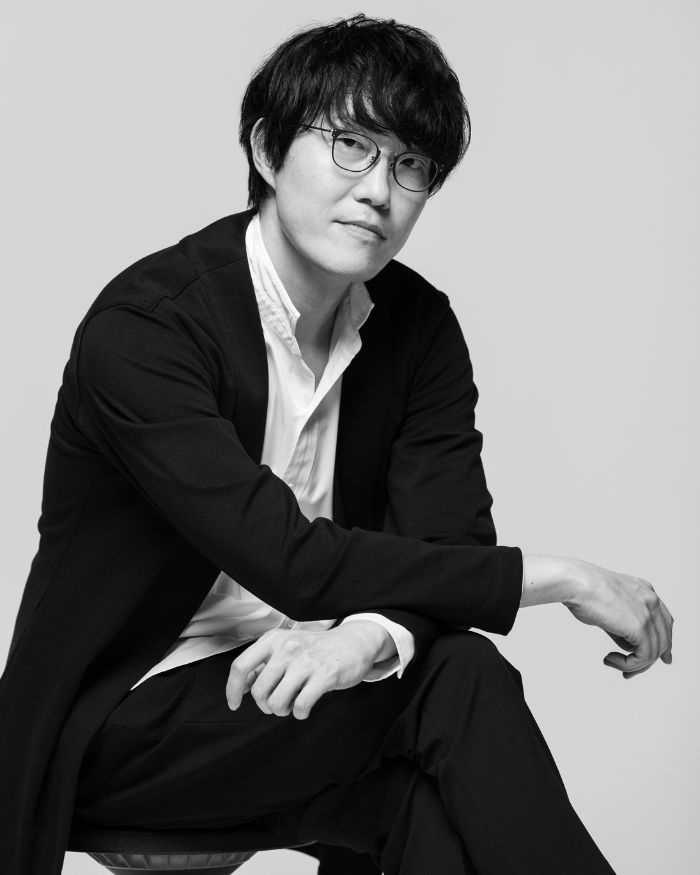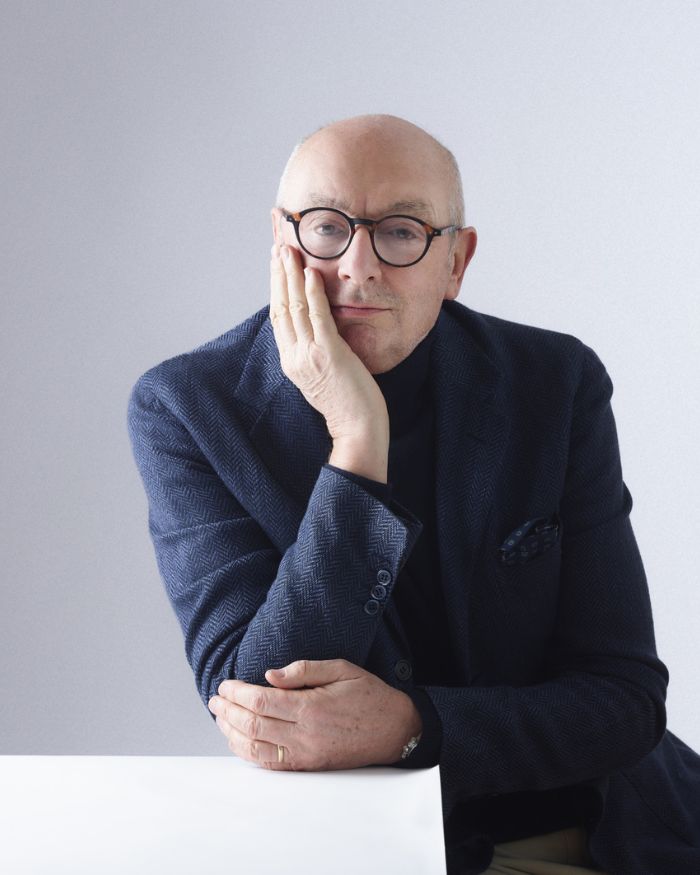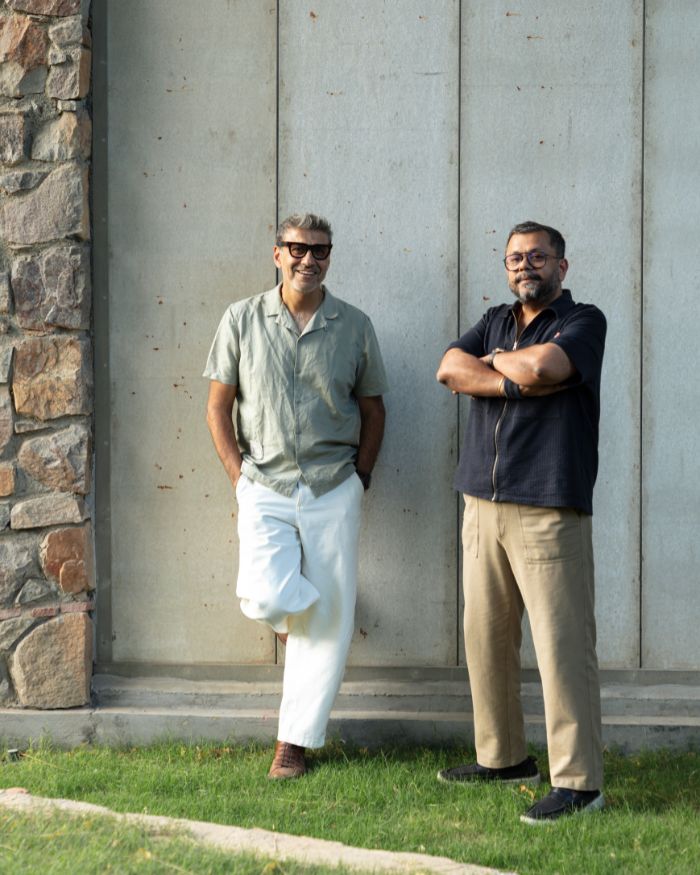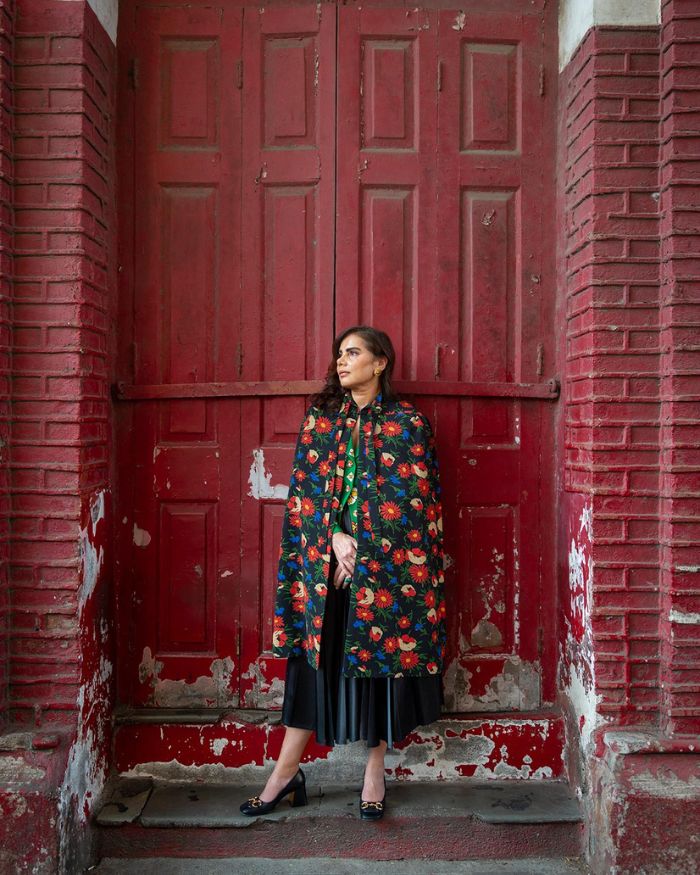Jaipur Rugs, one of the countries leading manufacturers of hand-knotted and hand-woven carpets, has engaged the eclectic creative sensibilities of Italian artist and designer, Matteo Cibic. The collaborative collection is the designer’s ode to the ‘Pink City,’ inspired by its distinctive architecture, colour palette, ancient paintings and iconic architectonic sundial (Jantar Mantar). The surreal collection, permeated with quintessential Indian symbolism, aptly derives its name from mid-sixteenth century European ‘cabinets of curiosities’, or Wunderkammern, that were repositories of wondrous and exotic objects.
Elephants, step-wells, snake charmers, musicals and cosmic observatories form the core elements that Cibic has incorporated in the design language, creating a range of rugs that represent a new and contemporary India, while simultaneously promoting a socially inclusive and sustainable business model to transform the handmade carpet industry and the lives of 40,000 artisans associated with it. We checked in with the polyhedral designer, known for his products with hybrid functions and anthropomorphic, joyful shapes, to explore his artistic oeuvre, and the process of creating this exquisite collection.
How would you describe your design philosophy?
I believe that the global environment will not get any better because we don’t establish emphatic relations with the objects that we buy every day. The lifespan of any object or garment is ridiculously small (the average lifespan of a toy in the US is 14 hours). My aim is to create objects that create an emphatic connection with the owner, produced to last over time (decades), produced by craftsmen that care about social and environmental sustainability.
What inspired you to work with Jaipur Rugs to create this collection?
I always wanted to visit Jaipur, for the beauty of its architecture and the monuments. I was fascinated by the innovative business model and the mission of Jaipur Rugs, which to me is acting more as a culture and social foundation than as a conventional global company that just cares about maximising its profits at the expense of the craftsmen.
What is the theme of the collection, and how do you merge your design language with that of the brand?
It’s a tribute to Jaipur: colours, music, mountains, wild animals, lakes, sundials, palaces, colourful food and the many shades of pink, rose, orange, peach. The idea was to use rugs as a medium to create stories around the pink city and my trip to Rajasthan. I decided to do a very pop collection, very graphic and colourful, to reflect my experience.
What do you hope people take away/what is the message you are conveying through the designs?
India is cool. It is the new place to be! It has an incredible history, a fantastic visual grammar, that is still unknown abroad and Indians themselves are still not very confident about. It is a treasure that they should export internationally with pride.
Finally, in today’s times, how does one make design meaningful?
Globalisation is making cities look very similar all around the world. You find the same stores, food, products and traditions everywhere. Instead of becoming a tool of sharing, the internet is becoming a platform of hate. I believe that only through joy, happiness, knowledge and sharing can you find happiness and global solutions. The aim of a designer today should be to design beautiful things like buses, high-speed trains, and new carpooling services, in order to reduce the use of cars and aeroplanes that are super polluting. It should also be to explain to people that if you buy a €5 t-shirt on Oxford Street in London, you are probably polluting a country on the other side of the world, where kids are underpaid and have no rights, working with chemicals in factories. Designers are accountable for the world we live in, and are the first people who can do something to change it. A designer should wisely choose materials, production techniques, find economical solutions, and create things in a way that it becomes easy to recycle them. These are the choices that can drastically change the world.













